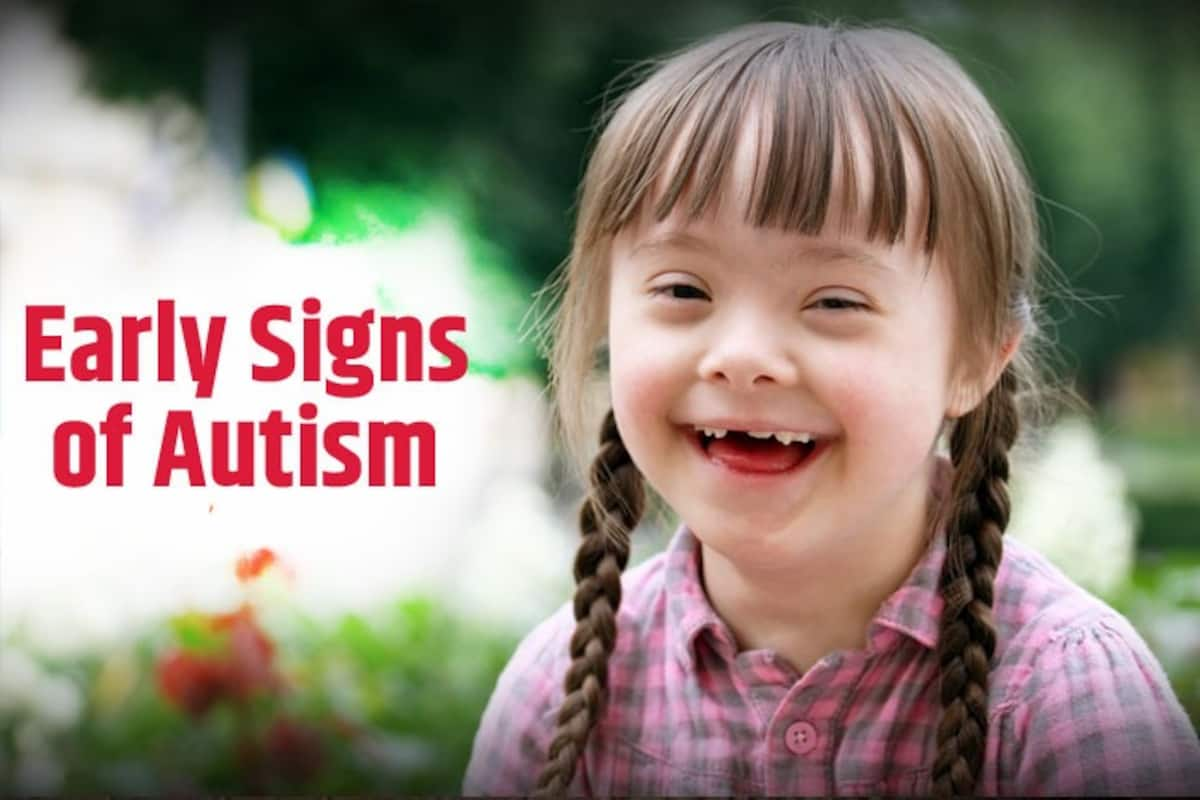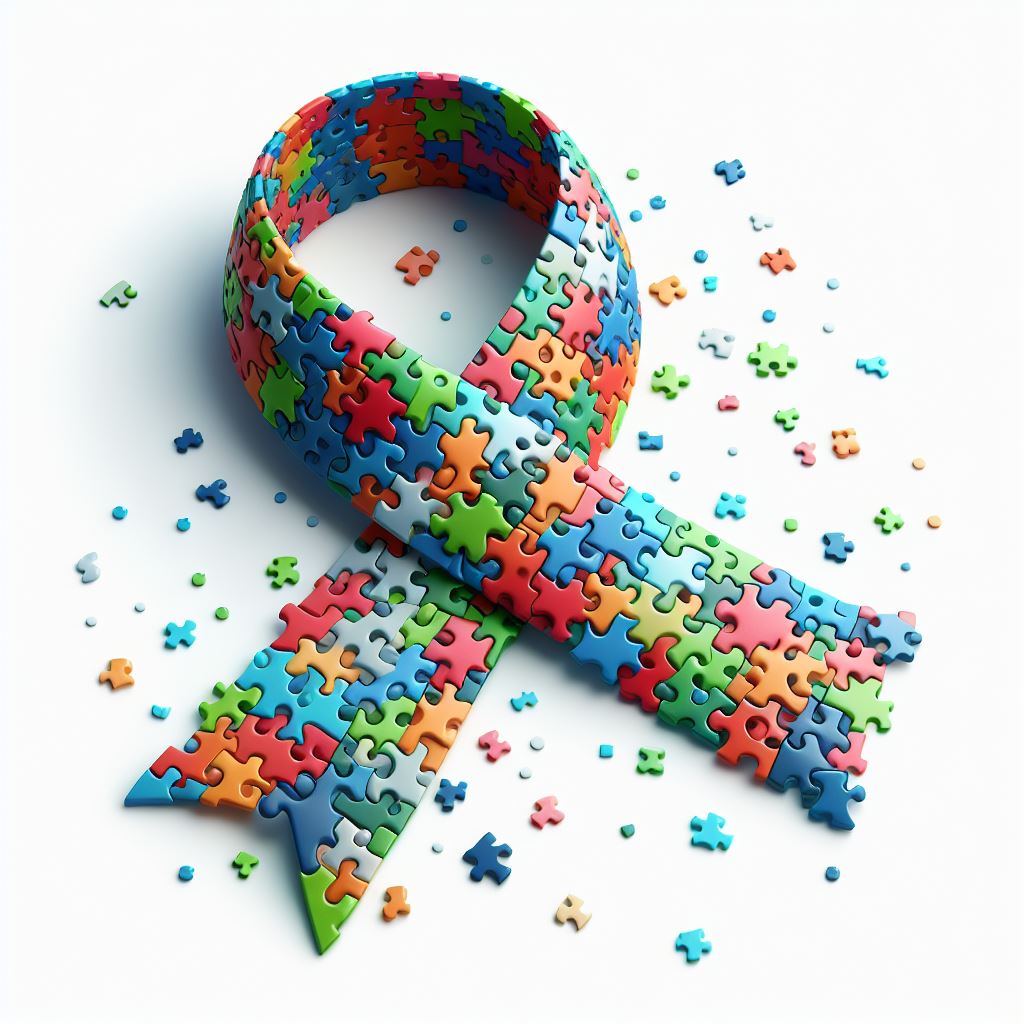Autism and Sensory Handling: Discovering the Link and Its Results
Recognizing Autism: A Comprehensive Guide to Symptoms and indications
Autism Spectrum Problem (ASD) includes a wide variety of characteristics that can substantially impact a person's social communications and everyday performance. Recognizing the indications and signs and symptoms, such as challenges with eye get in touch with, social interaction difficulties, and sensory level of sensitivities, is essential for very early treatment. Understanding these nuances not just help caregivers and teachers in giving suitable assistance yet also promotes an extra comprehensive environment for individuals with ASD. As we check out the intricacies of autism, it becomes necessary to take into consideration just how these indicators show up in a different way throughout the range and what effects they hold for effective intervention techniques.
Review of Autism Range Problem
Specifying Autism Spectrum Condition (ASD) includes recognizing it as a complex neurodevelopmental condition characterized by a variety of obstacles in social communication, interaction, and behavioral patterns. The term "spectrum" reflects the wide irregularity in signs and symptoms and their intensity, which can vary considerably from one individual to another. ASD typically manifests in very early youth, although some individuals may not obtain a medical diagnosis up until later in life.
Factors affecting the advancement of ASD include hereditary proneness and environmental factors, although the specific reasons remain under examination. Medical diagnosis typically depends on behavior evaluations, as there are no conclusive clinical examinations for ASD. Early intervention is critical and can substantially enhance outcomes, concentrating on enhancing interaction skills, social communications, and adaptive behaviors.
People with ASD may additionally display unique staminas, such as extraordinary attention to information or specific locations of experience. Comprehending the complex nature of ASD is vital for fostering an inclusive setting that accommodates neurodiversity. Proceeded research is crucial for developing efficient interventions and support group, making it possible for individuals with ASD to prosper and fulfill their prospective within culture.
Common Indications of Autism
Identifying the common indications of Autism Range Problem (ASD) is essential for very early recognition and intervention. These indications can differ widely in intensity and discussion, but specific features are frequently observed in individuals with ASD.
One of one of the most widespread signs is a marked problem in developing and keeping eye get in touch with. People might additionally exhibit limited rate of interest in social interactions and reveal a choice for singular play. Recurring actions, such as hand-flapping, rocking, or spinning objects, typically arise early in childhood years. In addition, some youngsters might develop strict routines and become distressed if these routines are disrupted.
Sensory sensitivities are additionally usual; people might underreact or panic to sensory stimulations, such as structures, sounds, or lights. autism. Language advancement can be atypical, with some children showing postponed speech or utilizing language in unusual ways, consisting of echolalia-- duplicating phrases or sentences listened to somewhere else
It is vital to note that not every person with ASD will certainly display all these indicators, and the level of these habits can vary dramatically. Early acknowledgment permits prompt support and sources, improving the high quality of life for those on the range.
Social Interaction Challenges
Social interaction difficulties are a hallmark of Autism Range Disorder (ASD), influencing an individual's capacity to engage effectively with others. These problems can manifest in numerous ways, consisting of obstacles in initiating and keeping conversations, recognizing social hints, and reacting properly in social communications.
Individuals with ASD might have a hard time with nonverbal interaction, such as eye get in touch with, faces, and body language. This can bring about misunderstandings, as their communicative intent might not be correctly translated by others. In addition, they may locate it difficult to comprehend the nuances of tone and context, which are necessary for reliable communication.
In team settings, individuals with ASD might really feel overwhelmed and may not understand just how to join in conversations (autism). They could additionally exhibit irregular conversational patterns, such as monologuing about details interests without acknowledging social reciprocity
Moreover, these challenges can result in social seclusion or difficulties in creating relationships, as peers may misunderstand their behavior or interaction design. Recognizing these social communication difficulties is critical for fostering supportive environments that promote social skills advancement and improve the high quality of communications for people on the autism range.
Sensory Level Of Sensitivities and Feedbacks
Many individuals with Autism Spectrum Problem (ASD) experience enhanced sensory level of sensitivities that can significantly impact their lives. These level of sensitivities might show up as over-responsiveness or under-responsiveness to sensory stimulations, consisting of noises, lights, structures, tastes, and smells. A person with ASD may locate day-to-day noises, such as a vacuum cleaner or crowded environments, extremely stressful, leading to stress and anxiety or meltdowns. Conversely, best site some might display an indifference to pain or severe temperature levels, which can position safety concerns.
Sensory handling differences in people with ASD can also this link influence their ability to take part in social interactions and regular activities. For instance, a youngster that is delicate to touch may stand up to physical affection or stay clear of specific apparel materials. A preference for specific appearances or tastes can restrict nutritional options and produce obstacles during mealtimes.
Comprehending these sensory level of sensitivities is essential for recognizing the distinct experiences of people with ASD. Recognition of their sensory accounts can foster much better communication and assistance approaches, developing a setting that fits their requirements and improves their high quality of life. Eventually, recognizing sensory level of sensitivities is a critical component of understanding the more comprehensive range of autism.

Supporting Individuals With Autism
Efficient support for individuals with Autism Range Disorder (ASD) is vital for enhancing their overall wellness and cultivating independence. Support methods need to be tailored to meet the special demands of each person, considering their difficulties and staminas.

Social abilities training can additionally play a pivotal role. autism. Engaging individuals in group activities or role-playing situations can improve their capacity to browse social communications. Additionally, it is necessary to inform relative, caretakers, and peers concerning ASD to cultivate a encouraging and comprehensive area
Verdict
To conclude, a comprehensive understanding of Autism Spectrum Disorder is essential for recognizing its symptoms and signs. Early recognition of usual features, such as social interaction difficulties and sensory level of sensitivities, allows instructors and caretakers to carry out efficient interventions. By fostering boosted interaction and social skills, individuals with autism can browse their settings a lot more effectively. Ultimately, raised recognition and support can considerably enhance the lifestyle for those influenced by ASD.
Autism Range Disorder (ASD) incorporates a large range of features that can considerably impact a person's social interactions and day-to-day functioning.People with ASD may battle with nonverbal communication, such as eye call, facial expressions, and body language.Several individuals with Autism Range Disorder (ASD) experience enhanced sensory sensitivities that can substantially impact their day-to-day lives.Sensory processing distinctions in individuals with ASD can likewise influence their ability to involve in routine tasks and social interactions.Comprehending these sensory sensitivities is necessary for identifying the special experiences of individuals with ASD.